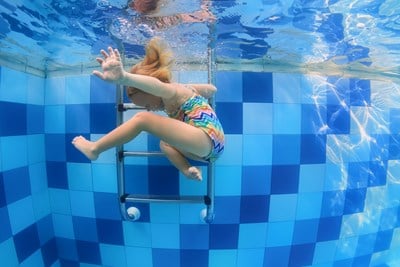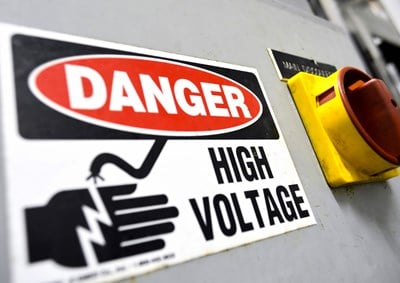A ligament is the tissue that connects a bone to a joint, and a sprain is a stretched or torn ligament. Sprain is an injury to ligaments, while strains are stretch injury to the muscle. Sprains and strains are typically caused by falling, twisting or getting hit. Sprains and strains are common in fingers, wrists, ankles, knees and foot arches.
The symptoms of a serious sprain or a strain include:
- Pain, swelling and bruising.
- Inability to move a joint.
- Feeling a pop or a tear when the injury occurs.
A physician should evaluate finger injuries to check for fracture, dislocation or unstable ligaments. Other minor injuries are initially treated following the RICE (rest, ice, compression, elevation) principle:
- Rest the injured area for 24 to 48 hours.
- Apply ice for 10 to 15 minutes, four times a day, for the first 48 hours after the injury.
- Gently wrap and compress the area with an elastic bandage gently. Wrap loosely to avoid cutting circulation.
- Elevate the injury for first 24 hours; keep the injured area above the heart. Use a sling or a soft splint (such as a pillow) to keep the injured area from moving. If the pain does not improve or other signs of a fracture develop, seek medical attention.
Seek emergency care if:
- You experience a popping sound or feeling in the joint upon injuring it, or if you are unable to use the joint. Apply ice or a cold pack on the way to the doctor.
- The area is hot and inflamed and you have a fever (indicating a possible infection).
- The sprain is severe, in which case a delay in treatment might result in chronic pain or long-term joint problems.
- Joint pain doesn’t diminish after two or three days.
 American College of Emergency Physicians
American College of Emergency Physicians







